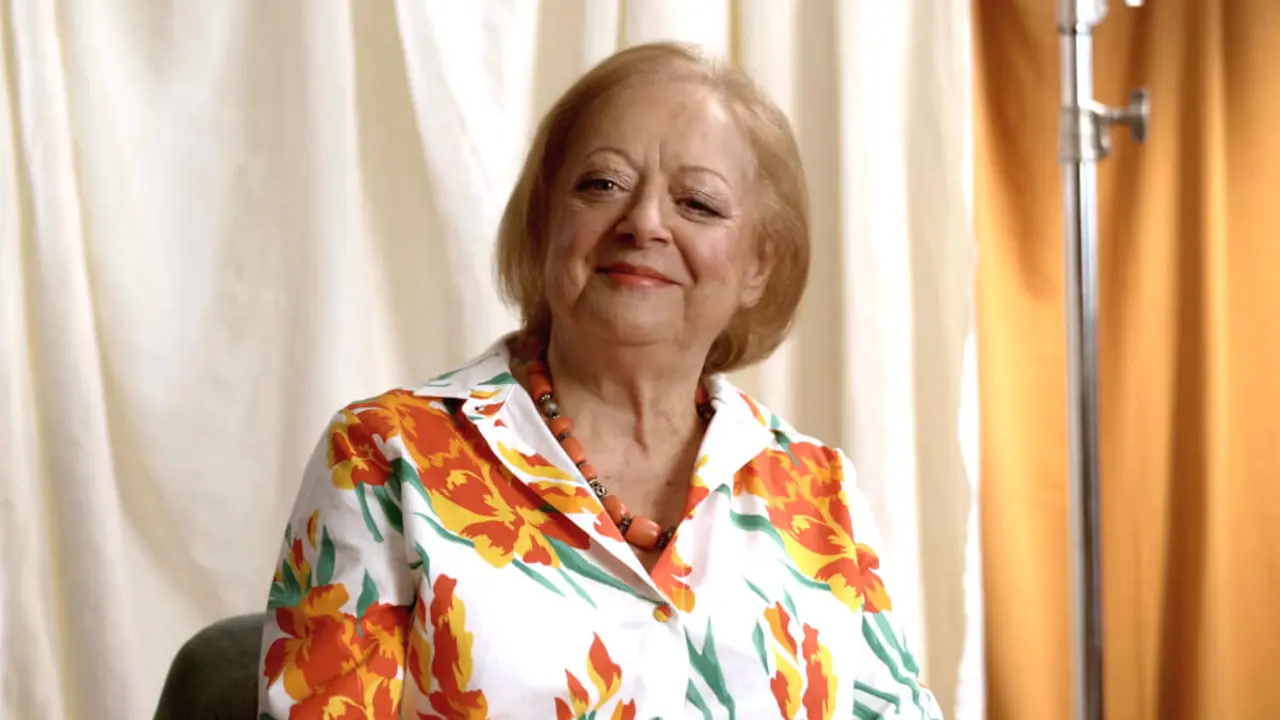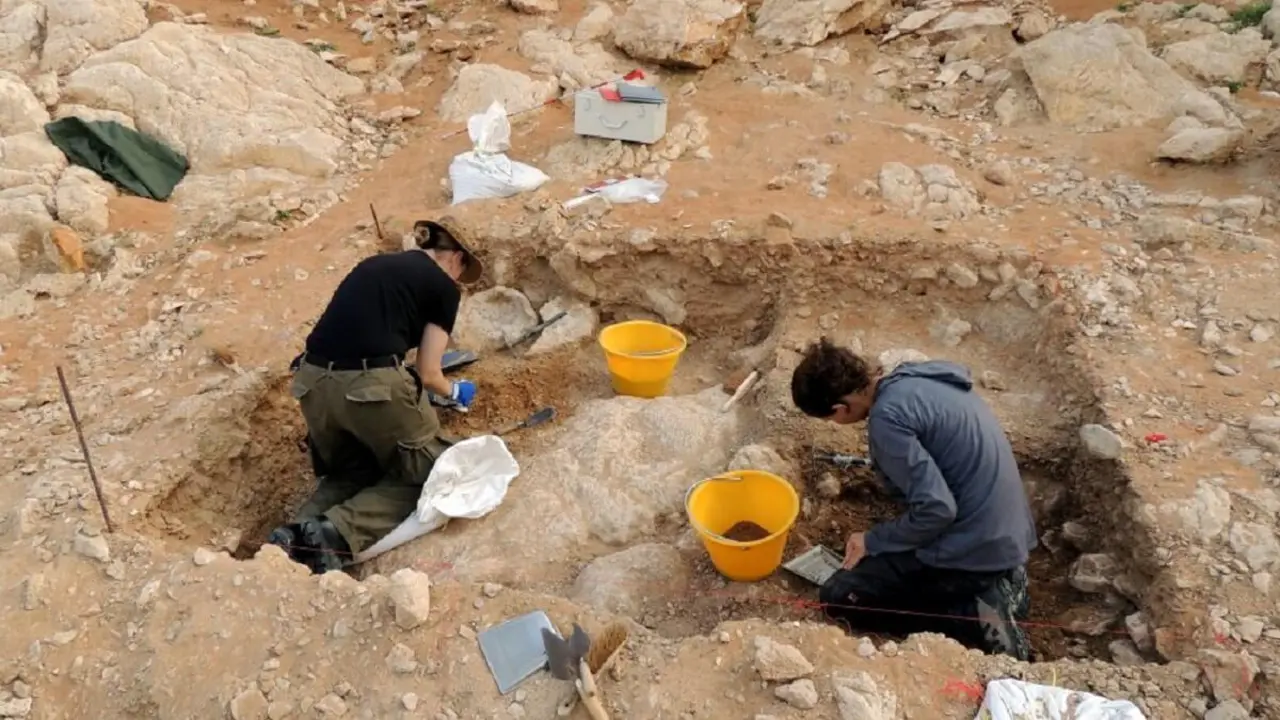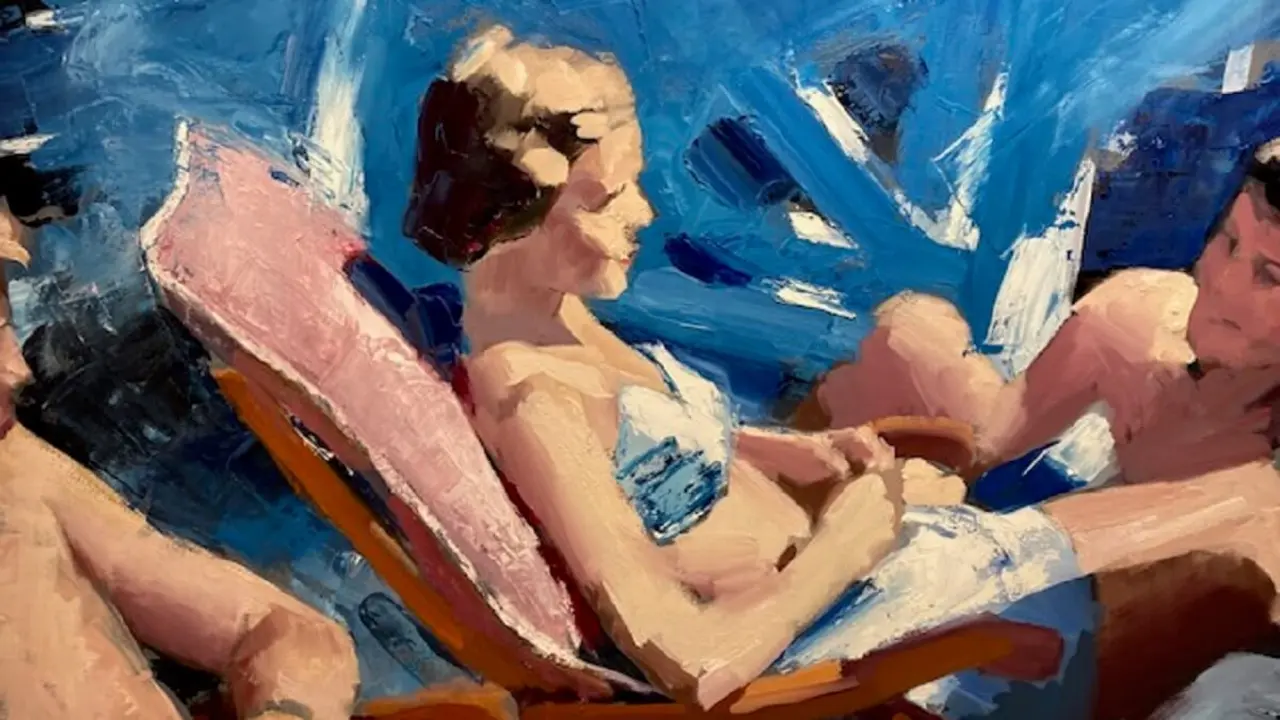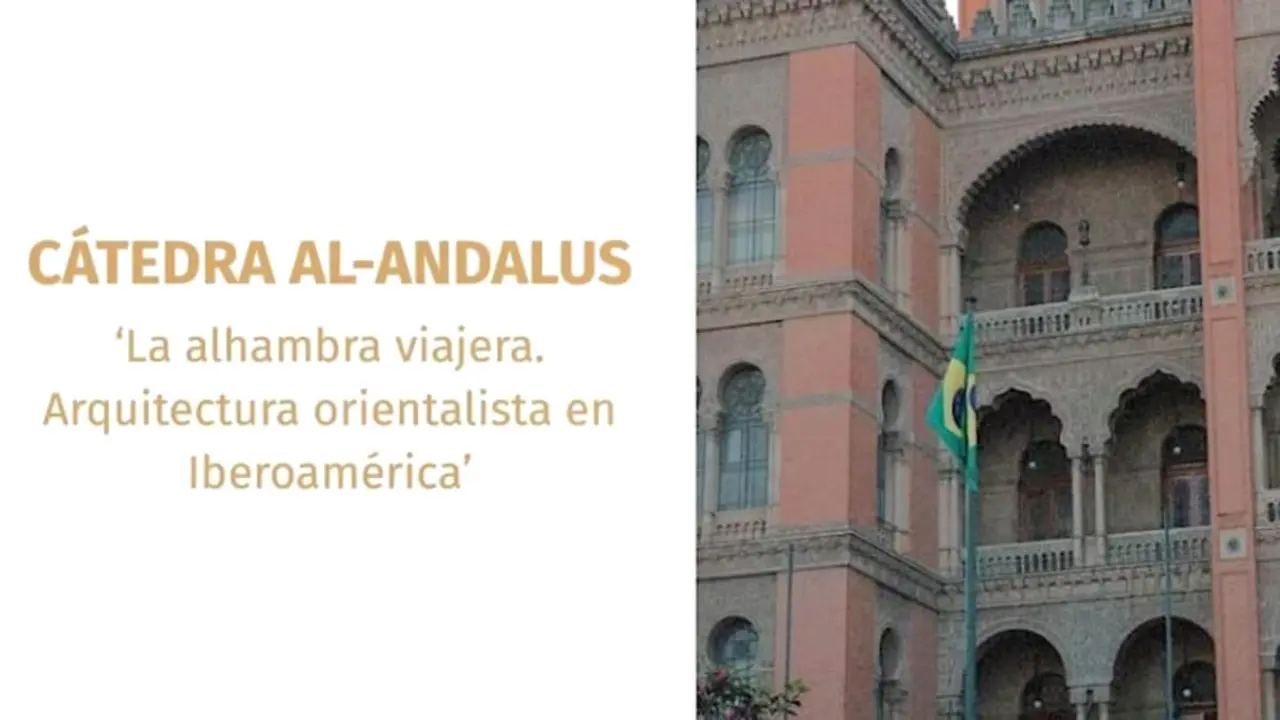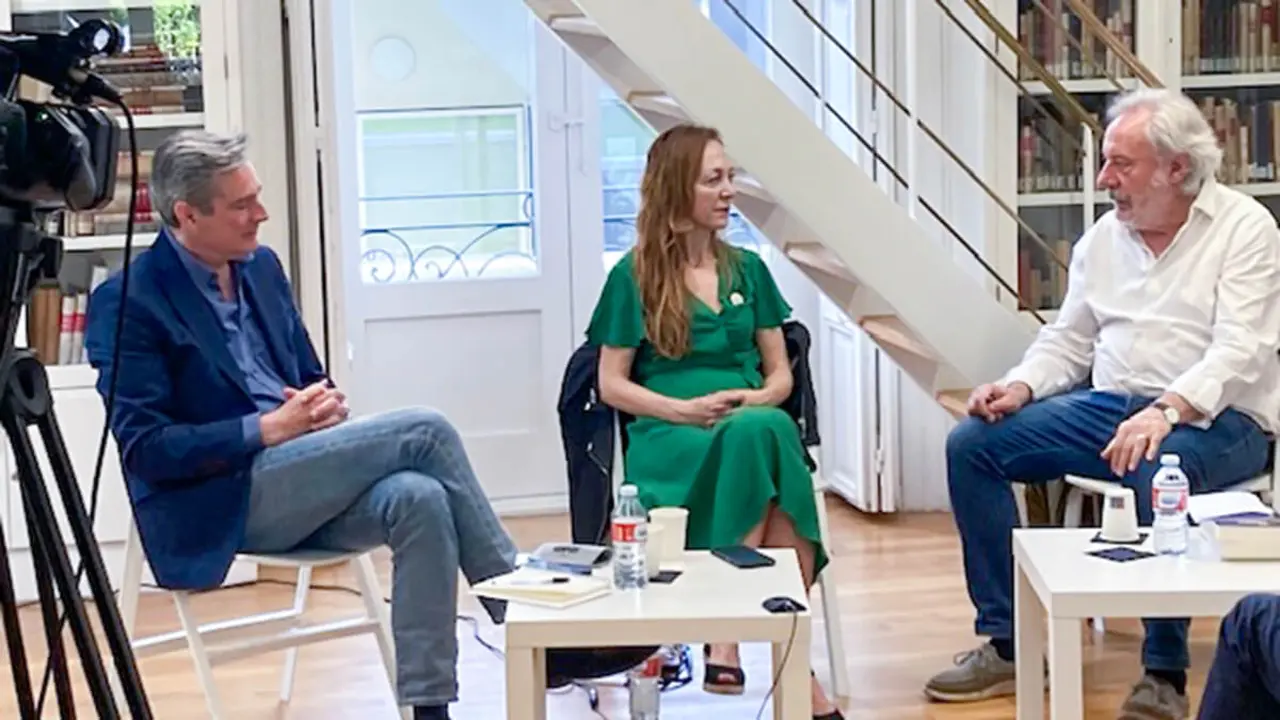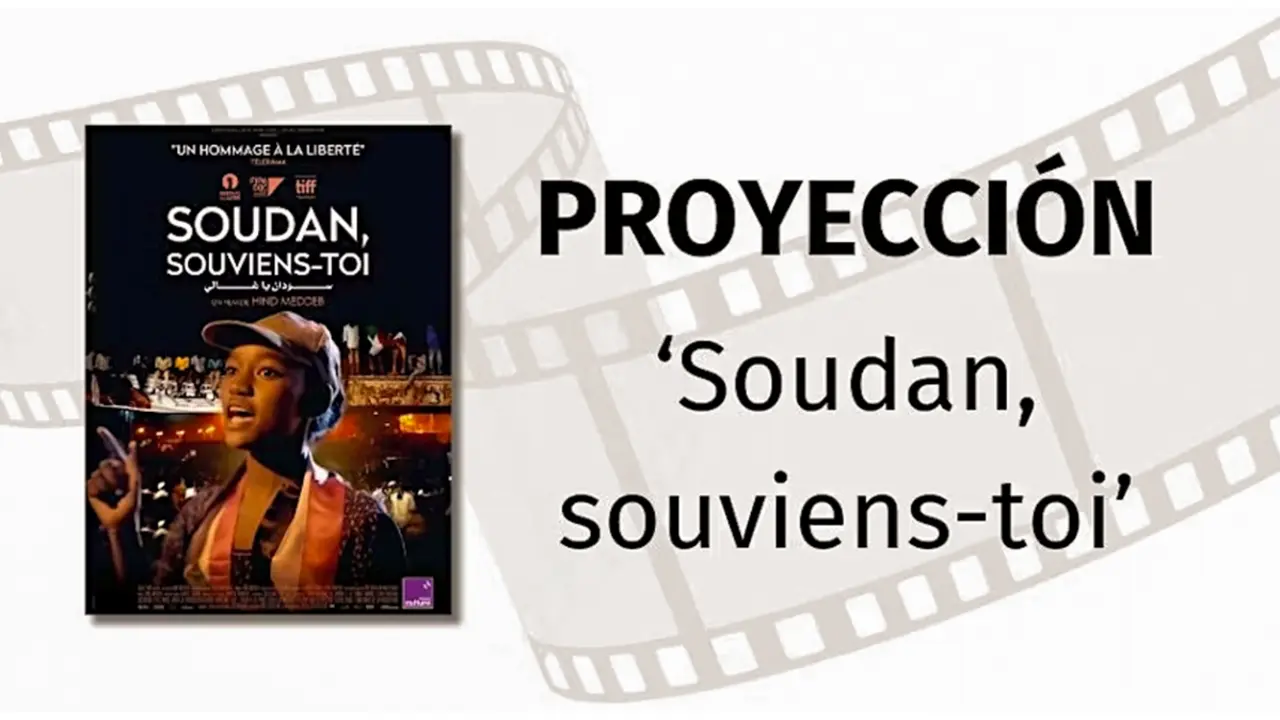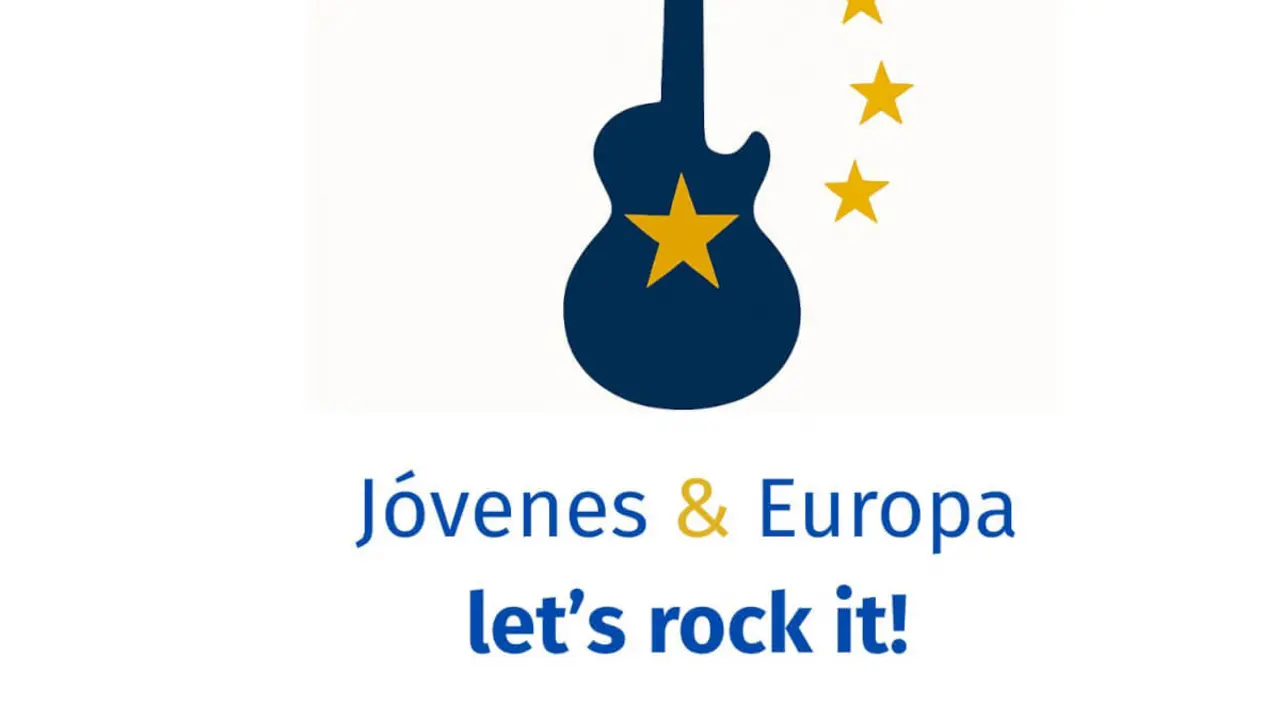Raising clay to the category of art
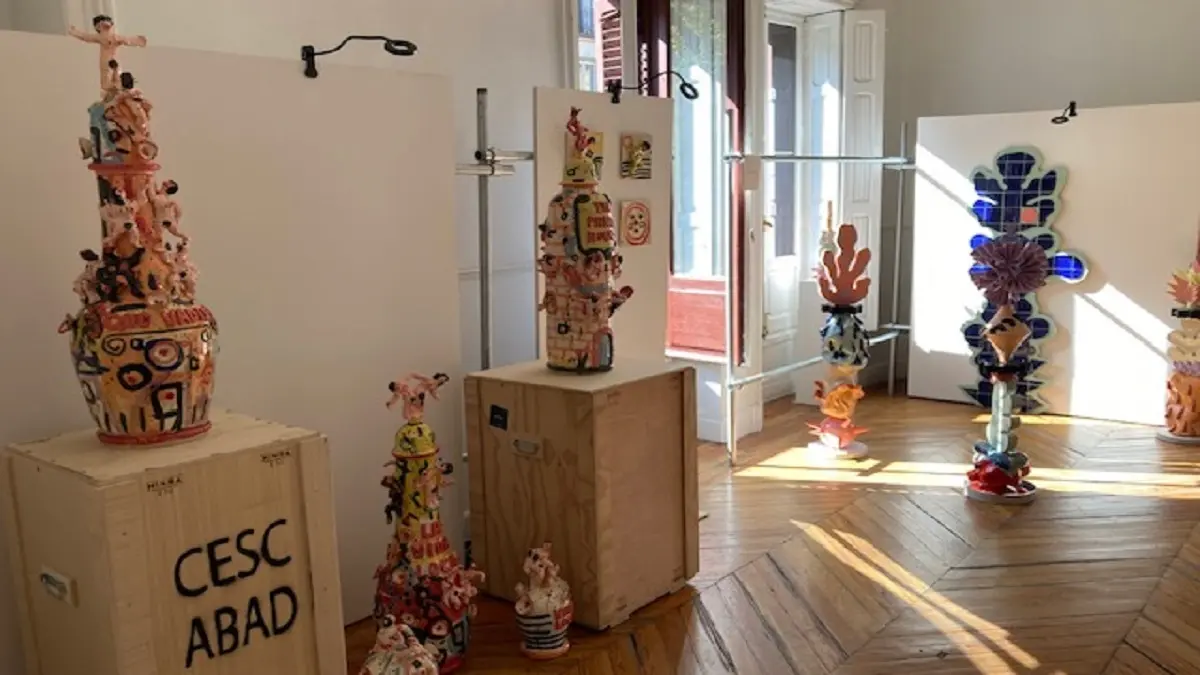
A priori, clay has always been a vulgar material, discreet with the mudas and more linked to craftsmanship than to art itself, although the revaluation of the essential and the manual have brought it to the forefront of museums and the market. So proclaims Bea Espejo, author of the text that serves as a portico to CerArtmic Madrid 24, which, in the austerely elegant Palacio de Santa Bárbara in Madrid, has managed to bring together fifteen galleries, which in turn bring together around twenty artists from a dozen countries.
This first contemporary art fair in Spain dedicated entirely to ceramics aspires, therefore, to place this simple and fragile material at the level at which established masters such as Joan Miró have already begun to place it. Miró, together with Josep Llorens Artigas and Joan Gady, would have a decisive influence on Tàpies' “terras xamotadas” and Eduardo Chillida's terracotta “Lurra”.
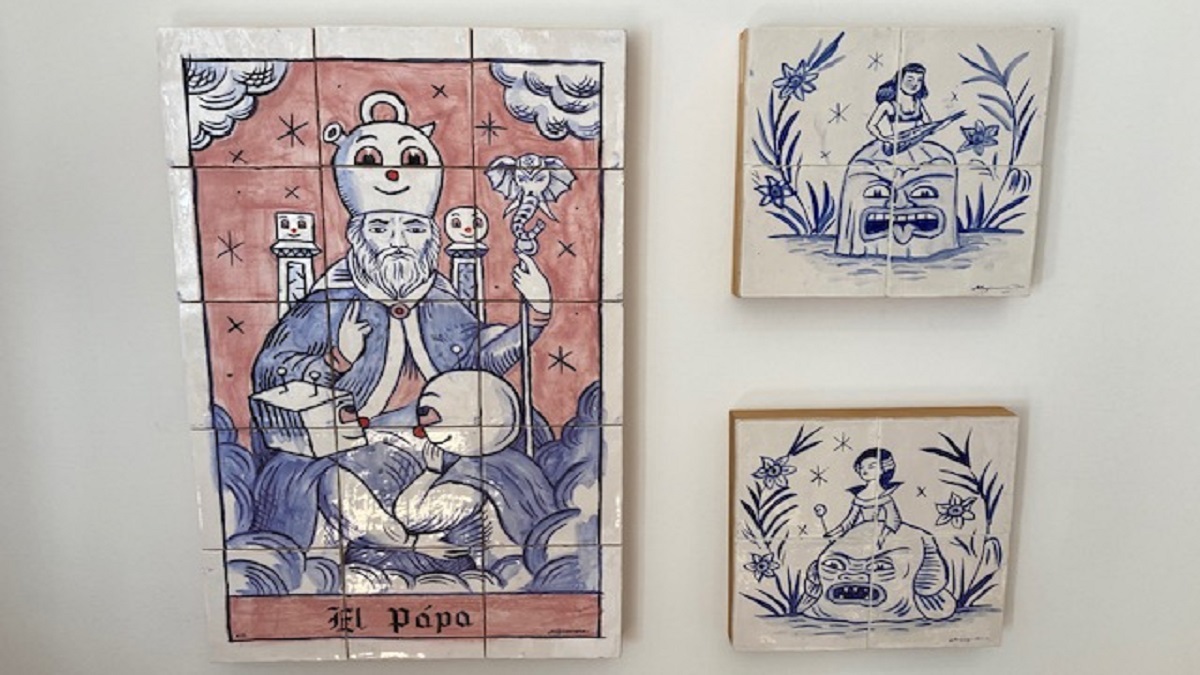
From this 20th century of explosive experimentation, many artists have engaged in dialogue with ceramics in the last decades, from Darío Villalba to Federico Guzmán, from Álex Frances to MP & MP Rosado, from Elena Blasco to Concha Ybarra, from Antonio Ballester Moreno to Patricia Esquivias, from Teresa Solar to Miqui Leal or from Fernando Renes to Elena Aitzoa. More and more artists are exploring the possibilities offered by clay and its relationship with thought. Exploring them requires contextualising their meaning, their language and the historical roles of their formal practice.
As Bea Espejo emphasises, ‘it is a timeless and anachronistic material, old but new, simple but sophisticated, and it always has something of an eternal return. It connects with geological time and the first physical and symbolic constructions of the idea of habitat, as well as with a post-human time that escapes our own nature. Clay is the ductile material par excellence and, therefore, the most immediate form of coupling between the hand, the body and the real. It is a pulse, a plasticity".
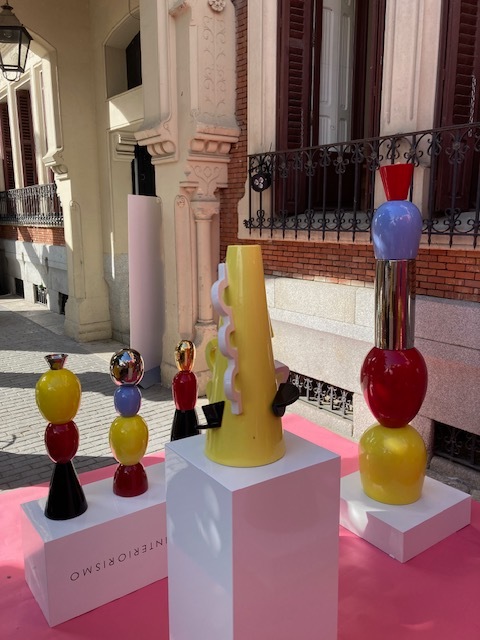
The artists gathered at this first fair show in their works that ceramics preserves something atavistic linked to time, but a future one. Something like ‘a contemporary prehistory’. Mythical, archetypal, reflexive, disconcerting images. Sometimes impossible forms with the humble intention of changing something. To remove one figure in order to add another, to break something. To widen the point of view. A chaos bubbling and bubbling with possibilities.
In short, ceramics has become the great eraser where artists try out re-readings of the popular, straining tradition and seeking new alternatives. All of them seek the sublimation of such a ductile and humble material.
Of course, there is not the slightest trace of mud in this fair, the maximum degradation of clay by people who handle it at will without the slightest scruple.




